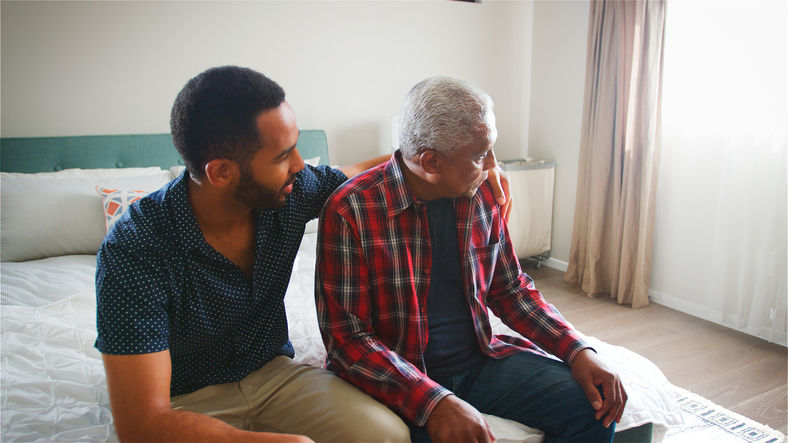What is Lewy Body Dementia?
- Elder Care Law Blogger
- Oct 8, 2018
- 2 min read
Updated: Oct 6, 2022

Alzheimer’s disease is the leading cause of dementia in the United States and is the most well-known. Most likely, you have also heard of vascular dementia which is the second leading cause. But are you familiar with Lewy Body dementia?
There is anywhere from 90 to 110 different types of dementia, and it is believed by many experts that Lewy Body is the third most common cause. But what is it and how does it differ from the other types?
Lewy Body dementia (LBD), or dementia with Lewy bodies as it is also known, is a type of dementia that is characterized by tiny deposits of a protein in the brain called Lewy bodies. These proteins build up in areas of the brain that control cognition, movement and behavior. They are named after the German neurologist, Dr. Frederic H. Lewy, who first discovered them in the early 1900s.
Lewy bodies are also found in Alzheimer’s disease and Parkinson’s disease, sometimes making a diagnosis difficult or incorrect. As with the other types of dementia, there is no single test that can conclusively determine a diagnosis. Doctors will make their best judgement based on the symptoms that a person exhibits. Symptoms of Lewy Body dementia may include:
Delusions and hallucinations
Changes in thinking and reasoning
Confusion
Movement issues including tremors, stiffness and difficulty walking
Alterations to sleep and acting out dreams
Difficulty understanding visual information
Changes in autonomic body functions such as blood pressure, temperature regulations, bladder and bowel control
Memory loss
How is Lewy Body dementia treated? Unfortunately, there is no cure and it is not possible to slow down or stop the damage that occurs to brain cells. It is a degenerative and progressive disease that gets worse over time. Treatment focuses on symptom control. Each person diagnosed with LBD will require a personalized treatment plan that may include medications to address their unique set of symptoms.
In addition to medical treatments, non-medical treatments can also play a role in helping to improve symptoms and quality of life for an individual living with LBD. Physical therapy including cardiovascular and strength training may help with movement issues, as well as a fitness program that includes aerobic exercise and swimming. Occupational therapy can help a person to continue to live independently for as long as possible and can promote normal functioning. Individual and family counselling can help with emotional and behavioral impact of the disease. As well, caregiver and patient support groups can be invaluable to learn from others who are living with the disease.
As is the case with all types of dementia, more research is needed to determine the underlying cause and to develop effective treatments.
If you or a loved one has been diagnosed with Lewy Body dementia, you do not have to face this disease alone. Help is available from the Alzheimer Association or the Lewy Body Dementia Association.







My husband was diagnosed with Parkinson’s Disease (PD) four years ago. For over two years, we relied on prescription medications and therapies, but unfortunately, his symptoms continued to worsen. His memory, coordination, and overall strength declined, and everyday life became increasingly difficult.Last year, out of desperation and hope, we decided to try an herbal treatment program from NaturePath Herbal Clinic. Honestly, we were skeptical at first, but within a few months of starting the treatment, we began to notice real changes. His alertness improved, his movements became steadier, and he regained a surprising amount of energy and clarity.Incredibly, he also regained much of his independence and confidence. It’s been a life-changing experience he feels more like himself again, better than…